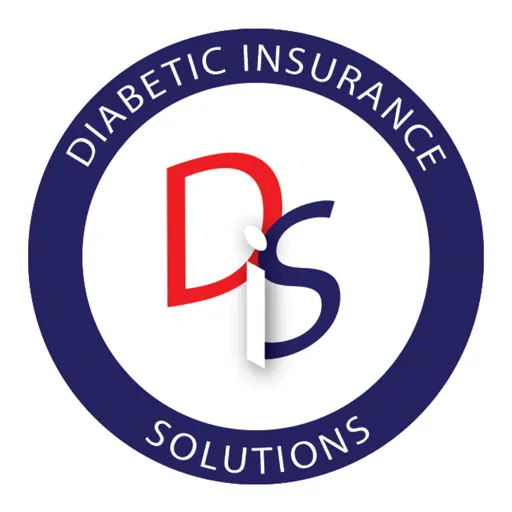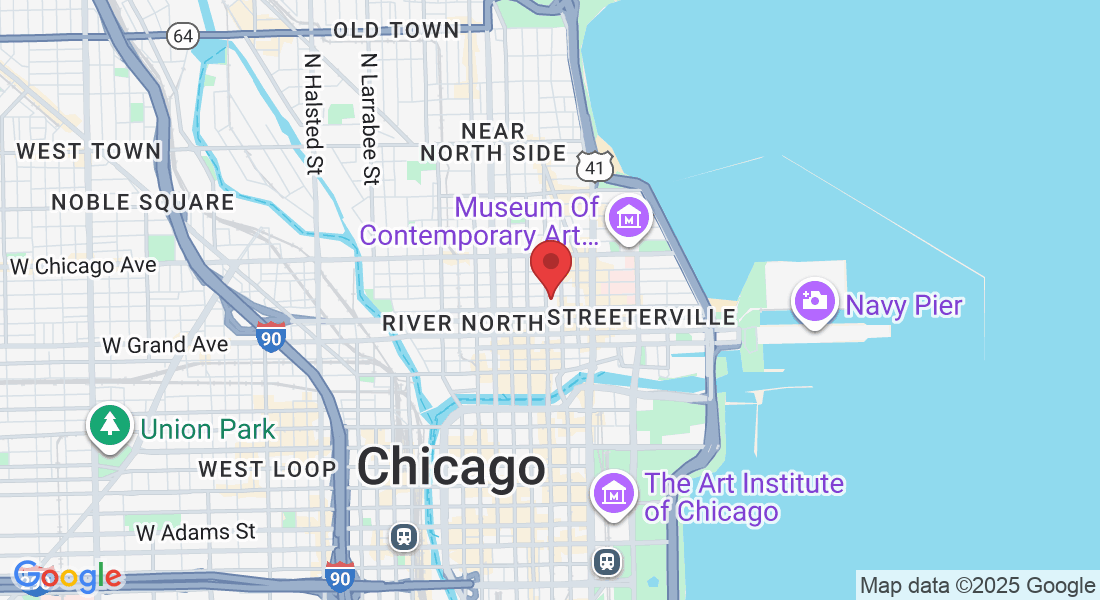
Maintaining Low A1C Levels
Navigating the complexities of a chronic health condition such as diabetes can significantly affect your eligibility and the cost of life insurance. Insurers often view health conditions that could shorten life expectancy as higher risks, which might lead to denied coverage or higher premium rates due to substandard ratings.
For those living with type 1 or type 2 diabetes, it’s essential to understand that your blood glucose levels play a critical role in determining your life insurance premiums. Effective management of your diabetes is a key indicator for insurers, and your glucose control offers insight into how well you are managing your condition.
Among the various factors insurers consider when underwriting policies for diabetics, your glucose level is pivotal. This is because it reflects your day-to-day condition management. Should a medical exam be required during your insurance application process, implementing natural strategies to lower your glucose levels swiftly can be beneficial in securing more favorable premium rates.
The importance of maintaining lower hemoglobin A1C levels continues to be crucial. While daily blood sugar levels can vary due to exercise, diet, or timing, the A1C test provides an average blood glucose level over the past three months. An A1C level below 7.0 is typically ideal for diabetics, often resulting in a standard or even preferred rating from insurers, reflecting effective disease management.
Regular physical activity is a powerful method to naturally reduce blood glucose levels. Exercise increases insulin sensitivity, allowing your muscles to use more glucose and decrease its presence in your bloodstream. The American Heart Association now recommends at least 150 minutes of moderate-intensity exercise per week, such as walking, swimming, or cycling.
Diet also plays a fundamental role in controlling A1C levels. Eating low-glycemic foods that minimally impact blood sugar levels and reducing intake of processed and high-sugar foods can significantly help. Recent studies suggest that spices like cinnamon might improve insulin sensitivity and overall glucose management.
Additional lifestyle changes, such as increasing fiber consumption, practicing portion control, staying hydrated, managing stress, and getting sufficient sleep, also contribute to improved blood sugar control. These changes can lead to better life insurance rates due to improved health.
Once these strategies are in place and you’ve achieved an A1C level below 7.0, you are in a strong position to receive the best rates on your life insurance policy. Conversely, A1C levels above 8.0 might lead to a severely substandard rating, which could triple your premium costs compared to those with standard rates.
For those who find managing blood glucose particularly challenging, guaranteed issue life insurance policies, which do not require a medical exam, might be an option, though they typically come at higher costs.
Final Thoughts on Managing A1C for Better Life Insurance Rates in 2025
Whether you are beginning your journey to lower blood glucose or are refining strategies to maintain optimal A1C levels, integrating regular exercise and dietary improvements can profoundly impact your blood sugar control. By actively managing your condition and taking necessary steps to lower your blood glucose, not only do you enhance your chances of obtaining a favorable life insurance rating and premium, but you also gain the lasting benefits of a healthier lifestyle.
Don’t wait—start taking action today towards securing both your health and financial future. Remember, as your life insurance guide, I am here to support you through the unique challenges and opportunities that managing diabetes presents. Let’s embark on this journey together, where improved health and financial security align.
If you have any specific questions or need guidance, don't hesitate to get in touch. Let me be your advocate in finding the right life insurance coverage that meets your specific needs.



